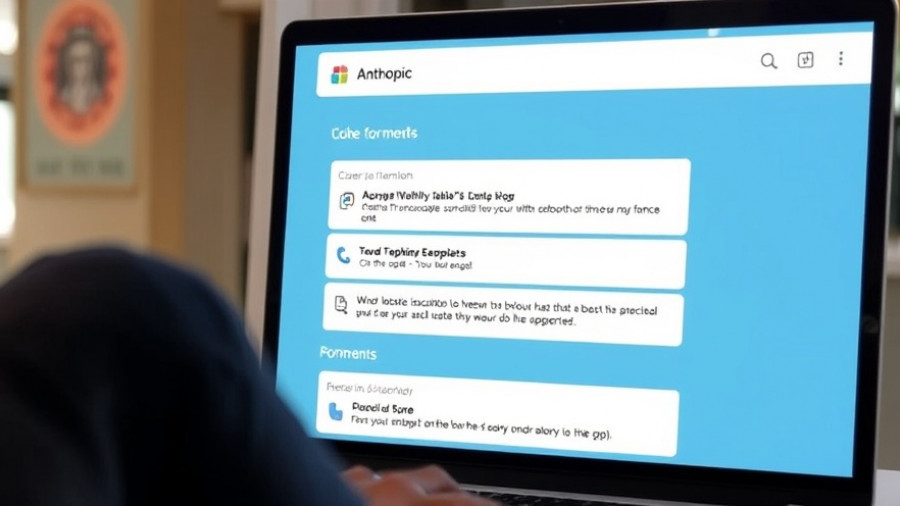
The Rise of AI in Software Development
The landscape of software development is rapidly changing with the advent of AI coding tools. In a recent analysis, it was revealed that developers desire speed in their coding tools, but in the enterprise space, security, compliance, and deployment control take precedence. The disconnect between these needs is reshaping the market dynamics, as companies work to balance the speed of new technologies like GitHub Copilot and Claude Code with the rigorous demands of ensuring secure and compliant implementations.
Understanding Enterprise Needs: Security First
In a survey of 86 engineering teams, organizations with more than 200 employees showed a significant preference for GitHub Copilot, mainly due to its strong security and compliance features. Security concerns topped the list for 58% of these medium-and-large teams, who identified risks as their primary barrier to adopting faster AI coding tools. Smaller teams exhibited different challenges, such as unclear return on investment (ROI), reflecting a broader gap between enterprise demands and the capabilities of emerging tools.
Compliance Over Speed: An Emerging Trend
This data highlights a trend: companies are increasingly willing to compromise on speed in favor of adherence to compliance standards. The rise of dual-platform strategies, where organizations subscribe to multiple AI tools, indicates that procurement teams are valuing flexibility and security over raw performance metrics. A staggering 49% of businesses are reportedly using more than one AI coding tool, which often doubles their costs but meets their safety. In contrast, faster tools like Cursor and Replit struggle to penetrate the enterprise market due to their lack of acclaimed security features.
The Security Blind Spot in AI-Generated Code
According to industry experts, AI coding assistants present a new set of security risks that organizations should be wary of. The rapid generation of code by AI tools can lead to the introduction of vulnerabilities. Many AI coding tools fail to understand specific application contexts and security requirements, leading to potentially unsafe implementations. Patterns of insecure code can easily be replicated by AI systems, which might not recognize various security principles inherent in coding due to their reliance on pattern recognition from existing datasets.
Addressing the Challenges: Best Practices for Secure Integration
As AI tools continue to be integrated into development workflows, organizations must adopt a multifaceted approach to governance and security. This includes defining clear usage policies for AI tools, mandating peer reviews to ensure quality, and implementing automated security testing protocols to catch vulnerabilities early. Security-first review processes that prioritize thorough checks for AI-generated code can significantly mitigate risks.
Strategizing for the Future: Training and Awareness
Developers must equip themselves to work effectively with AI coding assistants. Strategies for improvement involve investing in training focused on the unique risks of AI-generated code. This includes nurturing a culture of skepticism towards AI outputs and ensuring that developers understand the intricacies of how AI models operate, thus preparing them to critically evaluate code before integration. Furthermore, adopting automated scanning tools will allow organizations to maintain oversight and enhance their security posture.
Final Thoughts: Merging Productivity with Security
The rapid pace at which AI coding tools are being adopted necessitates a strong focus on security to protect against new vulnerabilities. Utilizing AI-generated code doesn't have to come at the expense of security. Organizations that successfully establish governance frameworks alongside technological safeguards will find a balance that allows them to harness AI's potential effectively. In summary, AI tools hold immense potential for improving efficiency in software development, but proactive approaches to security and compliance are essential for ensuring sustainable growth.
 Add Row
Add Row  Add
Add 




Write A Comment